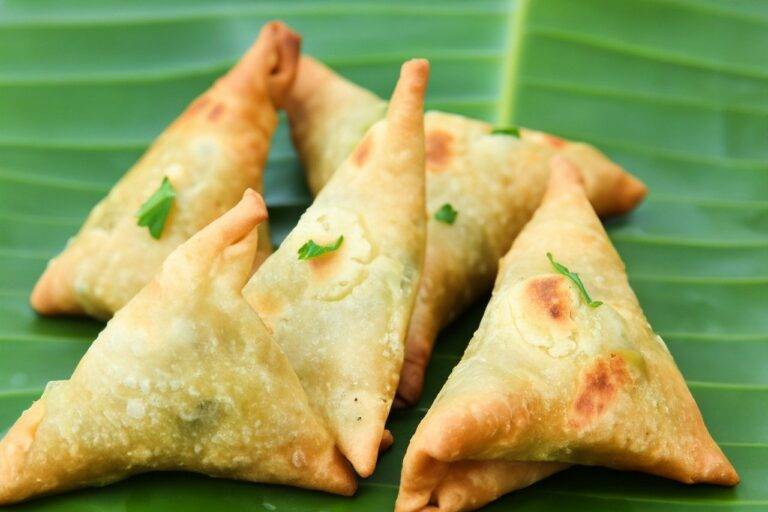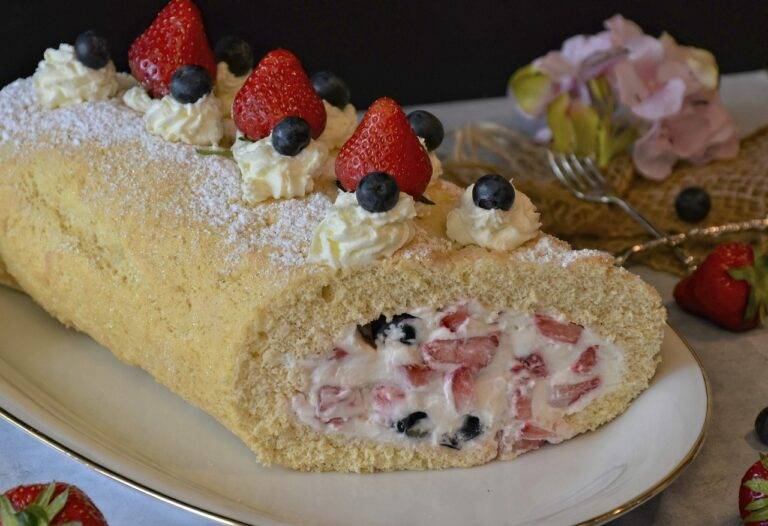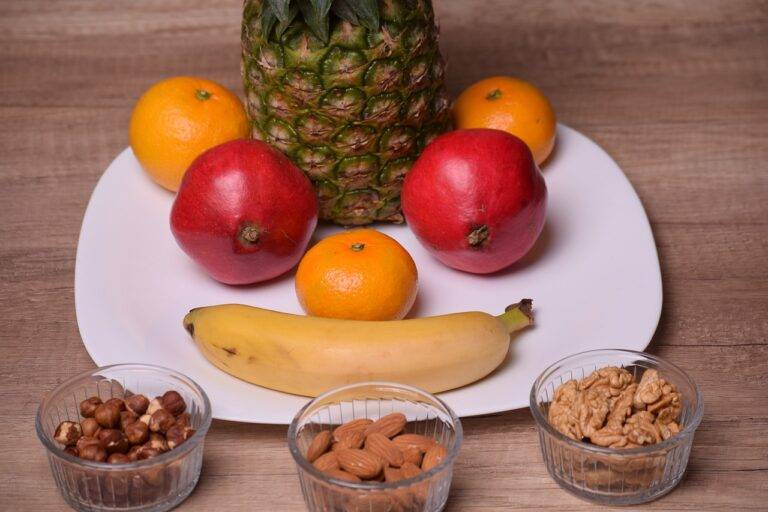Understanding the Art of Food Carving
Food carving has a rich history that dates back centuries. It originated as a way to display food in a visually appealing manner, often used in elaborate feasts and celebrations. Carving techniques varied across different cultures, with each region developing its unique style and preserving the artform. As societies evolved, food carving became not only a culinary skill but also a form of artistic expression.
Throughout history, food carving has been closely tied to cultural traditions and religious practices. In many ancient civilizations, intricately carved fruits and vegetables were used as offerings to deities or as symbols of prosperity and abundance. The art of food carving was not only a means of showcasing culinary expertise but also a way to communicate deeper meanings and beliefs within communities.
Different Types of Food Carving Techniques
Food carving techniques vary widely depending on the desired presentation and the type of food being used. One popular technique is known as relief carving, where intricate designs are carved into the surface of fruits or vegetables to create stunning 3D images. Another common technique is called chip carving, which involves using a small knife to create geometric patterns or shapes in the food.
In addition to relief and chip carving, another approach to food carving is known as pierce carving. This delicate technique involves using small tools to create intricate designs by piercing the surface of the food. By combining these different types of carving techniques, chefs and artists can create visually striking displays that are both beautiful and delicious.
Tools Needed for Food Carving
One of the essential aspects of food carving is having the appropriate tools for the job. A set of carving knives is essential, including a small, sharp paring knife for intricate details, a larger chef’s knife for larger cuts, and a serrated knife for creating textures. These knives allow for precision and control when shaping fruits and vegetables into intricate designs.
In addition to knives, a carving board is necessary to provide a stable surface for carving. Opt for a wooden or plastic board that is easy to clean and won’t dull your knives. Other useful tools include melon ballers for creating small, rounded shapes, zesters for adding decorative touches, and a vegetable peeler for removing the skin of fruits and vegetables before carving. Having the right tools on hand can make the food carving process more enjoyable and successful.
• A small, sharp paring knife for intricate details
• A larger chef’s knife for larger cuts
• A serrated knife for creating textures
• Carving board for a stable surface
• Melon ballers for creating small, rounded shapes
• Zesters for adding decorative touches
• Vegetable peeler for removing the skin of fruits and vegetables
What is the history of food carving?
Food carving, also known as culinary art, has a long history dating back to ancient civilizations such as the Egyptians and Greeks. It was often used to create elaborate displays for feasts and special events.
What are some different types of food carving techniques?
Some common food carving techniques include fruit and vegetable carving, butter sculpting, ice carving, and chocolate carving. Each technique requires different skills and tools.
What tools are needed for food carving?
Some essential tools for food carving include carving knives, vegetable peelers, melon ballers, paring knives, sculpting tools, and decorating tools. These tools help artists create intricate designs and shapes with food.





